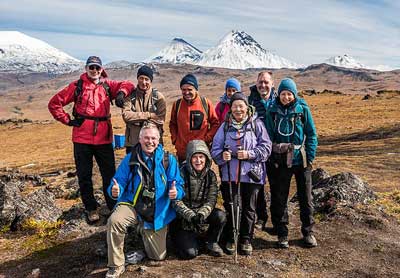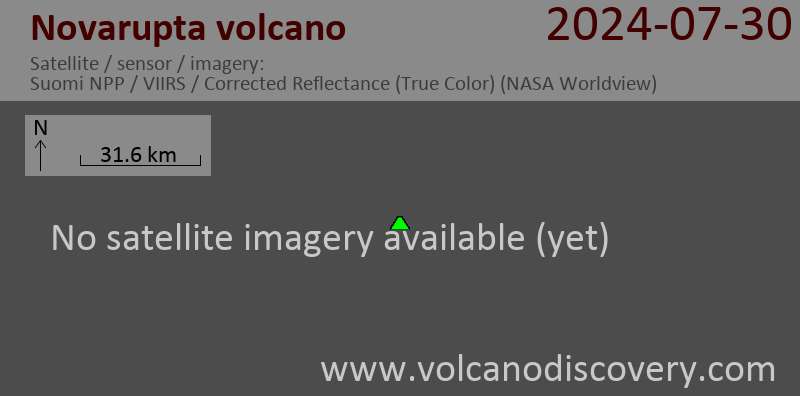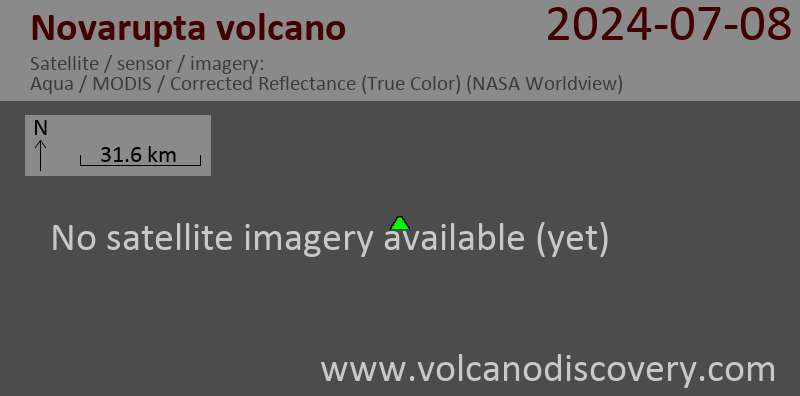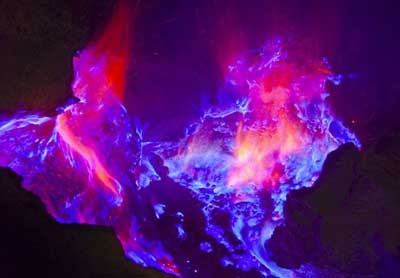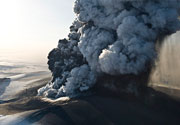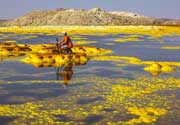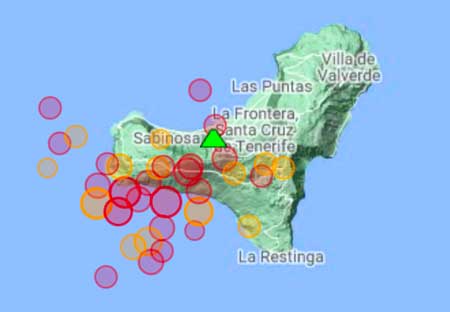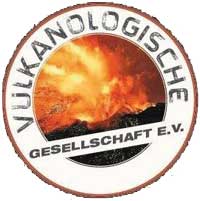Novarupta Volcano
Updated: Apr 28, 2024 18:45 GMT -
Caldera 841 m / 2,759 ft
United States, Alaska Peninsula, 58.27°N / -155.16°W
Current status: normal or dormant (1 out of 5)
United States, Alaska Peninsula, 58.27°N / -155.16°W
Current status: normal or dormant (1 out of 5)
Last update: 6 Jan 2022 (Volcanic Ash Advisory)
[smaller] [larger]
Novarupta volcano eruptions: 1912
Latest nearby earthquakes
| Time | Mag. / Depth | Distance / Location | |||
| Apr 24, 02:31 am (Anchorage) | 0.6 37 km | Info | |||
| Apr 24, 01:38 am (Anchorage) | 0.8 35 km | Info | |||
| Tuesday, April 23, 2024 GMT (1 quake) | |||||
| Apr 23, 03:27 am (Anchorage) | 0.9 98 km | Info | |||
| Thursday, April 18, 2024 GMT (1 quake) | |||||
| Apr 18, 01:04 pm (Anchorage) | 1.1 1.1 km | 3.8 km (2.4 mi) to the S | Info | ||
| Wednesday, April 17, 2024 GMT (2 quakes) | |||||
| Apr 17, 04:13 pm (Universal Time) | 0.6 31 km | Info | |||
| Apr 17, 01:18 am (Anchorage) | 1.0 5.5 km | Info | |||
Background
Novarupta, the least topographically prominent volcano in the Katmai area, was formed during a major eruption in 1912. This eruption was the world's largest during the 20th century and produced a voluminous rhyolitic airfall tephra and the renowned Valley of Ten Thousand Smokes (VTTS) ash flow. At the end of the eruption a small, 65-m-high, 400-m-wide lava dome grew to an elevation of 841 m within the source vent of the VTTS ashflow, a 2-km-wide area of subsidence NW of Trident volcano. The NE side of the Falling Mountain lava dome of the Trident volcanic cluster, as well as Broken Mountain and Baked Mountain, was removed by collapse of the Novarupta depression, which is marked by radial and scalloped arcuate fractures. Much larger collapse took place at Katmai volcano, 10 km to the east, where a 3 x 4 km wide caldera formed in response to magma reservoir drainage toward Novarupta.---
Smithsonian / GVP volcano information




